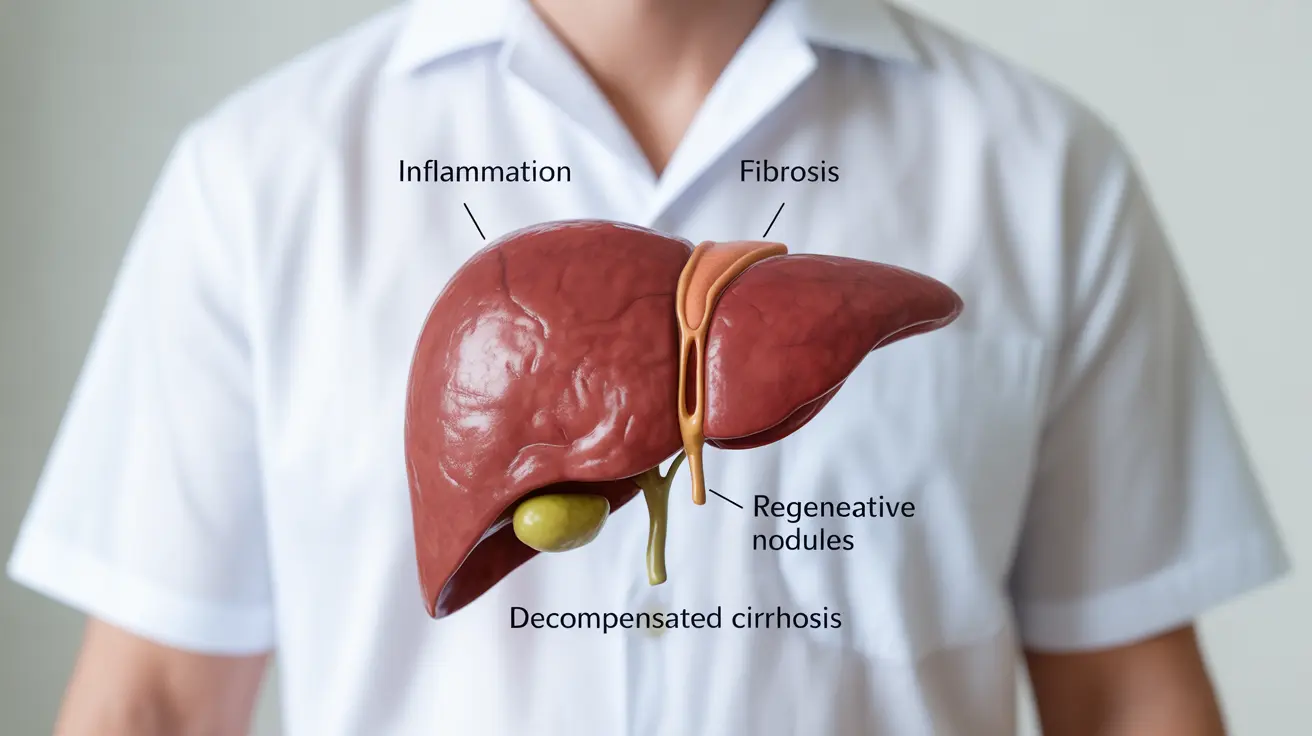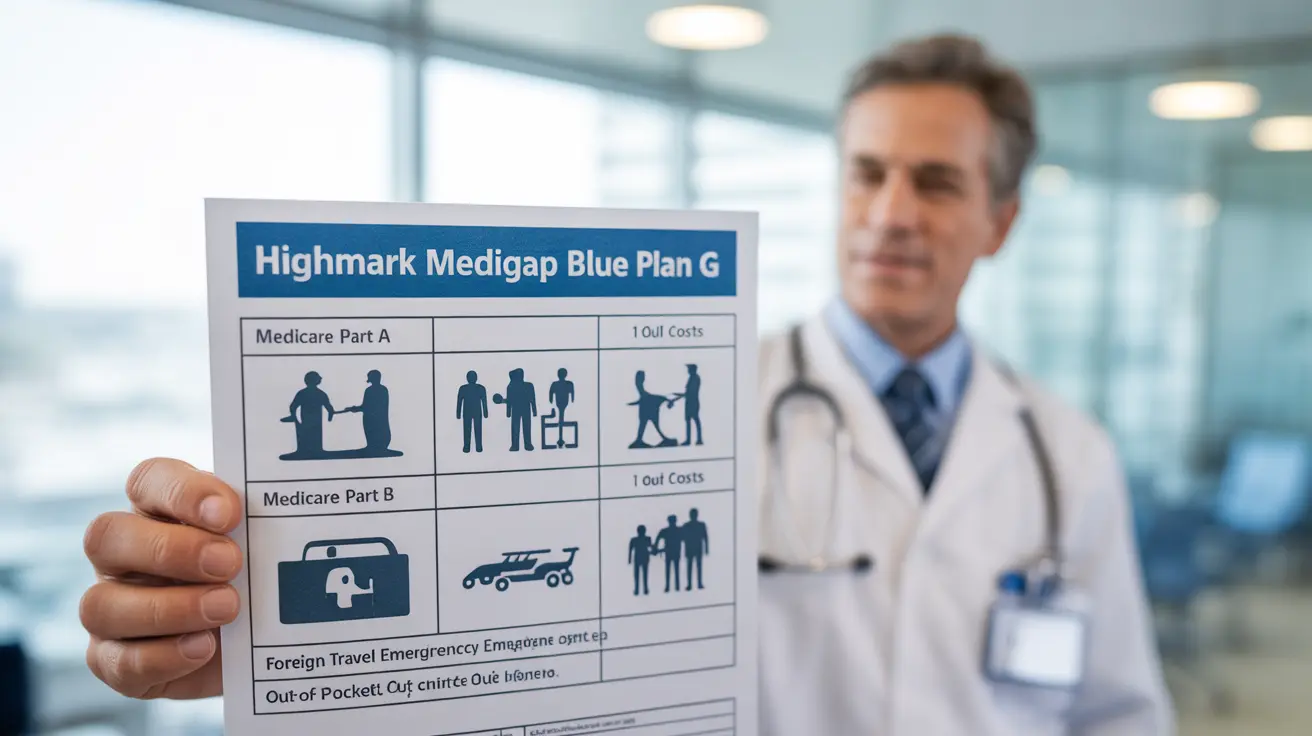Liver cirrhosis is a serious condition where healthy liver tissue is replaced by scar tissue, progressively impairing the organ's ability to function. Understanding the four distinct stages of cirrhosis is crucial for both patients and healthcare providers, as it helps determine appropriate treatment strategies and potential outcomes.
This comprehensive guide explores each stage of liver cirrhosis, from early inflammation to advanced complications, helping you understand what to expect and how the condition can be managed at different phases.
Stage 1: Inflammation (Early Stage)
The first stage of cirrhosis begins with inflammation of the liver tissue. During this phase, the liver is experiencing damage but is still able to function relatively normally.
Common characteristics of Stage 1 include:
- Minimal scar tissue formation
- Largely preserved liver function
- Few or no noticeable symptoms
- Potential for reversal with proper treatment
Stage 2: Fibrosis (Scarring)
As cirrhosis progresses to Stage 2, more substantial scarring develops in the liver tissue. While the liver still functions, its efficiency begins to decline.
Key features of this stage include:
- Increased scar tissue development
- Preserved liver function with some limitations
- Mild symptoms may begin to appear
- Still potentially reversible with appropriate intervention
Stage 3: Compensated Cirrhosis
During Stage 3, the liver shows significant scarring but can still perform many of its vital functions. The body develops ways to compensate for the liver's decreased efficiency.
Characteristic signs include:
- Extensive scarring throughout the liver
- Portal hypertension may develop
- More noticeable symptoms
- Increased risk of complications
Stage 4: Decompensated Cirrhosis
The final and most severe stage occurs when the liver can no longer compensate for its damage. This stage requires immediate medical attention and careful management.
Critical features include:
- Severe scarring and liver dysfunction
- Development of serious complications
- Significant symptoms affecting daily life
- Possible need for liver transplantation
Treatment Approaches Across Stages
Treatment options vary depending on the stage of cirrhosis and typically focus on:
- Addressing underlying causes
- Managing symptoms and complications
- Lifestyle modifications
- Medication therapy
- Regular monitoring and screening
- Evaluation for liver transplantation when necessary
Prevention and Management Strategies
Regardless of the stage, certain strategies can help manage cirrhosis:
- Completely avoiding alcohol
- Maintaining a healthy diet
- Regular exercise within limitations
- Following medication schedules
- Attending all medical appointments
- Regular screening for complications
Frequently Asked Questions
What are the 4 stages of cirrhosis of the liver and how do they differ?
The four stages progress from inflammation (Stage 1), to fibrosis (Stage 2), compensated cirrhosis (Stage 3), and finally decompensated cirrhosis (Stage 4). Each stage represents increasing liver damage and declining function.What symptoms should I expect in each stage of liver cirrhosis?
Early stages may have few symptoms, while later stages can include fatigue, jaundice, fluid retention, easy bruising, and complications like varices or encephalopathy.How is compensated cirrhosis different from decompensated cirrhosis?
In compensated cirrhosis (Stage 3), the liver can still maintain most essential functions despite damage. Decompensated cirrhosis (Stage 4) occurs when the liver can no longer compensate, leading to serious complications.What treatments are available to slow or manage the progression of cirrhosis at different stages?
Treatments include addressing underlying causes, medications, lifestyle changes, and managing complications. Advanced stages may require liver transplantation.Can cirrhosis be reversed if caught early in the inflammation or fibrosis stages?
Early stages (inflammation and early fibrosis) may be partially reversible with proper treatment and lifestyle changes. However, advanced cirrhosis is generally irreversible.




